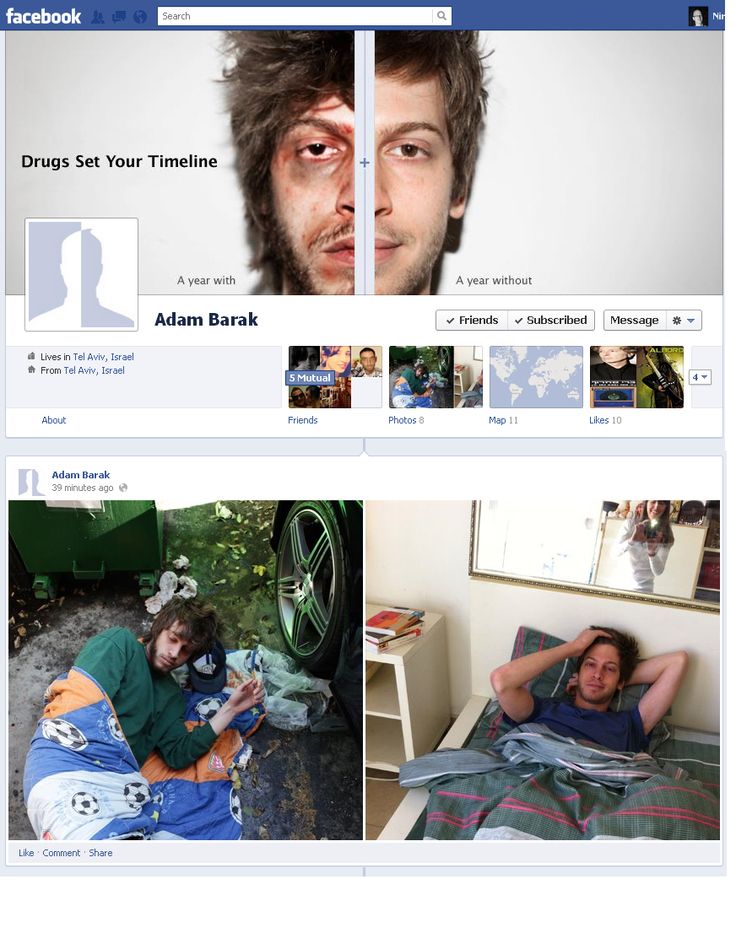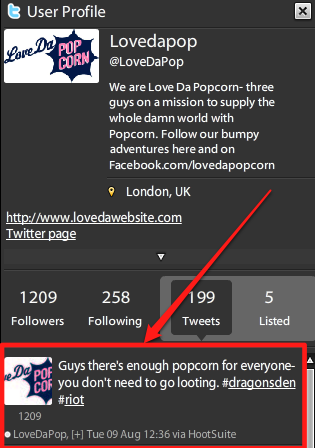Last month we attended Digital 2013 in Glasgow. It was an intense approach to the many fields in online marketing: measuring tools, social media, online reputation, new strategies… A good place to learn how to improve your presence in the digital world in the best possible way.
In the morning we heard several presentations aimed at the entirety of attendants, and after lunch we had more specific workshops. In my case, I went to two of them.
The first one was “Returning Revenue from Data Tracking”, which was held by Martin Jordan, Marketing Director at the Glasgow-based Equator Agency.
This workshop was particularly helpful for businesses that are managing their websites themselves and who want to start tracking their sites’ visitors, sales, usability, etc. Using one of the most popular tools of Google “Google Analytics“.
Jordan explained the main parameters of Google Analytics: what is it, what does it measure, how can we collect data with it and where can we find it… It was overall very interesting, but probably a little too basic for advanced users of Analytics. As I mentioned, however, the session was aimed at beginners who want to know more about the insights tracking their traffic can give them.
In the end, Jordan emphasized the importance of tracking data with Analytics, and how this allows you to gain more knowledge about your own business and your customers.
He also mentioned the importance of being Google’s certified, not only to become an authorised agency, but also as an incentive to learn about the tools and how to make the most of your website.
Moving on to Facebook insights, he noted that they’re a useful tool to measure your impact on the social network, but then went on to explain that FB insights simply aren’t very good (I completely agree). However, it is currently the only way to gather some information on your performance on Facebook, at least until Google Analytics will be granted access.
My second workshop of the afternoon was called “Gaining attention in a crowded space”, which had me very interested and curious. It’s amazing to observe other marketers developing strategies for social networks which you would have never thought of, and which – in some cases – come incredibly cheap! The speaker, Andrew Burnett, who is Head of Social at Yard Digital, used several examples to demonstrate how to enhance your presence in the social media world.
One of my favourites was a campaign created for Israel’s Anti-Drug Authority. All they needed was an actor and the Facebook timeline: on the timeline you could see the life of a boy called Adam Barak. Making use of the division into two columns of the timeline, they were able to show the effect of drugs side-by-side. On the left side you could see images of his life with drugs, whereas the right side chronicled his life without drugs. The impact was enormous! But let’s have a look at the approach here: they used a simple Facebook page, and taking advantage of the new interface which allows you to see posts in two parallel columns, they achieved the following results:

Isn’t that impressive? Granted, the whole campaign was kind of illegal, because Facebook does not allow use of their profile pages for advertising purposes unless you create a fan page, so unfortunately the page does not exist anymore.
Nevertheless, this wasn’t the only example Burnett presented us with. Another one that was rather memorable was from “Bodyform”, who had a man called Richard posting on their timeline claiming that their ads were not real, because when girls are going through their special lady times of the month, they never looked anything like the girls Bodyform show in their ads.
This was kind of problematic, because if you think about it, what he was saying was completely true. A lot of people started sharing their opinion about the post agreeing with Richard. The brand decided to answer Richard not only through a post on Facebook, but by creating something new, and they recorded this video where we can see the actual CEO of the company:
Everybody shared this video, and (especially girls) were rather happy with the response. They controlled the “riot” on social networks, reached a new audience and solved the problem. And the best thing was that everybody was talking about that response-video (even in other countries).
Other examples of companies successfully using social media included those that created their own websites on YouTube (through different videos that were the different sections of the webpage), or even on Twitter!
Of course there were also examples of how businesses shouldn’t be using social networks, most of them related to Twitter and misleading hashtags. One of them was quite recent, from about a month ago when Margaret Thatcher died. The associated hashtag read #nowthatcherisdead, which can easily be misread as “Now that Cher is dead”.
One of the audience’s favourites was probably the recruitment effort from a company using the hashtag #RIM job (RIM being the company’s initials, but… really? Who read this and thought “Nailed it! Approved and ready to go ahead!” Would you ever apply to a job with this hash tag?).
Another example of bad use of social networks was a popcorn brand that during the last summer’s riots in London, took advantage of the situation to create some tweets to promote their product:

The question is: do you really want your brand to be associated with this kind of news? Brands need to be aware of the strategies used in the digital world, because a bad use of them can easily destroy your public image.
After the last workshop it was time for goodbye-wine and snacks, a great way to say goodbye to Digital 2013 and until next year.

